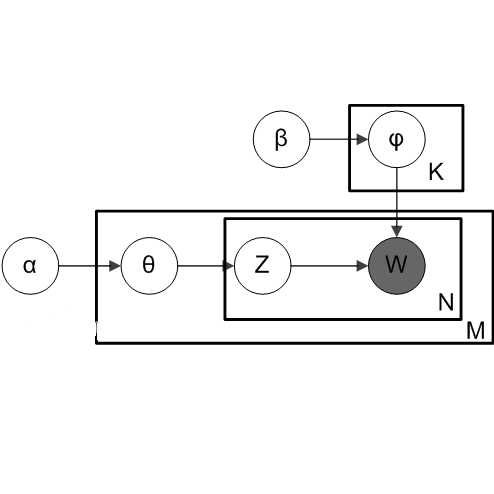Flowsheet data presents unique challenges and opportunities for integration into standardized Common Data Models (CDMs) such as the Observational Medical Outcomes Partnership (OMOP) CDM from the Observational Health Data Sciences and Informatics (OHDSI) program. These data are a potentially rich source of detailed curated health outcomes data such as pain scores, vital signs, lines drains and airways (LDA) and other measurements that can be invaluable in building a robust model of patient health journey during an inpatient stay. We present two approaches to integration of flowsheet measures into the OMOP CDM. One approach was computationally straightforward but of potentially limited research utility. The second approach was far more computationally and labor intensive and involved mapping to standardized terms in controlled clinical vocabularies such as Logical Observation Identifiers Names and Codes (LOINC), resulting in a research data set of higher utility to population health studies.
翻译:流动表数据为纳入标准化的共同数据模型(CDM)提供了独特的挑战和机遇,例如来自观察性健康数据科学与信息学(OHDSI)方案的观察性医疗结果伙伴关系(OMOP)清洁发展机制,这些数据是详细整理健康结果数据的丰富来源,如疼痛计分、生命迹象、线排水管和空气流(LDA),以及其他测量数据,对于建立住院住院期间病人健康旅程的稳健模型非常宝贵。我们介绍了将流动表措施纳入OPM清洁发展机制的两种方法。一种方法是直接计算,但可能有限地利用研究。第二种方法在计算和劳动方面更为密集,涉及对控制临床词汇(如逻辑观测标识名称和代码)的标准化术语进行绘图,从而产生了一套对人口健康研究更有用的研究数据集。





